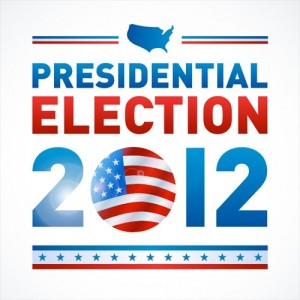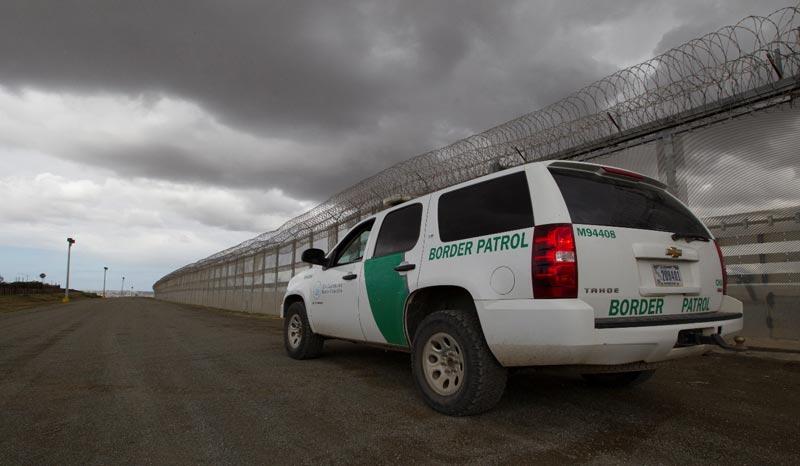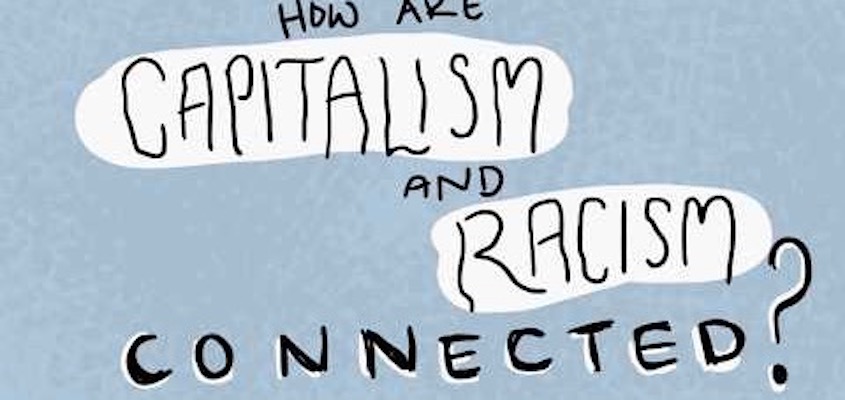(ThyBlackMan.com) The academic achievement gap between different ethnic groups has long been a characteristic of the American educational system. Recent research has begun to shed light on the role that stereotypes play in the relative achievement of different groups. . .
During the 2008 Presidential Campaign researchers administered a test made up of Graduate Record Exam (GRE) questions to a group black and white test takers at different times during the campaign. On the first test administered prior to Barack Obama being the Democratic nominee for president, “whites on average correctly answered about 12 of 20 questions, compared with about 8.5 correct answers for blacks.”1 Though disturbing, this disparity was consistent with many similar experiments done on black and white test takers. In later tests administered after Obama was elected, “black performance improved, rendering the white-black gap ‘statistically nonsignificant.’”1 Though this is only one experiment, with a small sample size, the possibility that one strong counter-example to black stereotypes in America could have such a strong effect on performance on black test takers is intriguing.
As stated above, experiments showing Black Americans scoring lower on tests than their White counterparts have been well documented. In fact, a cause of a great amount of this difference has been identified and labeled as “stereotype threat.” Stereotype threat is defined as “being at risk of confirming, as a self-characteristic, a negative stereotype about one’s group.”2
Basically, when one encounters a sufficiently difficult task which somehow relates to a negative stereotype of your group, the fear that your actions will reinforce the stereotype distracts your attention from the task at hand and makes it less likely for you to complete it successfully. 
In the mid nineteen nineties Claude Steele, of Stanford University, among others, performed groundbreaking research on stereotype threat. When Steele was a professor at the University of Michigan he encountered data showing that black and white students with similar academic backgrounds before attending college had different academic results while attending college. Steele found that “[a]mong those who finish college, the grade-point average of black students is two thirds of a grade below that of whites.”3
Steele and his colleagues developed a study where they had different groups of people take tests under different conditions. Under the initial conditions, test takers were told that the test was a measure of knowledge or intelligence. The results showed that the black test takers underperformed the white test takers. In a second round, test takers were told that the test was in no way a measure of knowledge or intelligence and were given the same test; the difference in the scores disappeared.3 Not only did the researchers replicate the conditions similar to those that Steele observed in the student data from the University of Michigan, they showed that it may be possible to eliminate the difference simply by changing the pre-test instructions.
In further research Steele and his team determined some characteristics of stereotype threat. The condition only occurs when the task is hard enough to produce anxiety in the test taker; when they encounter a difficult problem anxiety crops up. Steele measured an increase in blood pressure and an impairment of short term memory in test takers as the stereotype threat sets in.4 These measurable physical responses in the black test takers did not occur in white test takers.
In another study different researchers administered a nonverbal IQ test that is intended to be culture free. When the test was represented to the test takers as an IQ test, there was a gap between white and black test takers. However, when the test was represented to the test takers as a puzzle, the gap disappeared.4
In a third interesting study performed by Geoff Stone at the University of Arizona, a group of black and white subjects were given the task of putting a golf ball in a miniature golf-like course. Under one scenario, in the instructions the participants were told the activity was intended to measure sports intelligence. In a second scenario the participants were told that the activity was intended to measure natural athletic ability. In the first scenario, white participants outperformed black participants by an average of 4 strokes. Under the second scenario, the result was reversed, black participants outperformed white participants by an average of 4 strokes.6 Just by characterizing the task as a measure of natural athletic ability, rather than of sports intelligence, the stereotype threat was removed from the black participants and the white participants were encumbered by it.
This study makes clear something important about stereotype threat, all groups are subject to it because all groups are subject to negative stereotypes. As Adam Alter, a researcher who has studied stereotype threat at Princeton University, points out, “when reminded of their group membership, for example, white people struggle athletically, black people struggle academically, women struggle mathematically and men struggle linguistically.”5
To sum up, we have for a long while noted an academic achievement gap between black students and their white counterparts. Additionally, researchers have shown that a large amount, if not all, of this gap can be attributed to stereotype threat. Researchers have also shown that stereotype threat, a product of negative stereotypes, can be largely nullified by how a task is framed. Finally, we have research that suggests that a strong counter-example to a negative stereotype can counter the effects of stereotype threat.
Where does that leave us? Basically, we may be able to combat the achievement gap by propagating strong counter-examples in our society. The best way to do that may be to change how African Americans are depicted in the media. Is this likely to happen?
To use the example of how Obama is portrayed in the media, if the same test that showed a leveling of test scores after Obama won the presidency was conducted again today, would the results be similar? At the time that test was administered, Obama was almost uniformly portrayed positively by the national media. Though Obama remains a popular and respected figure, the bloom is off the rose; he is not as highly revered. The news media has allowed spurious allegations about things such as his religion and his country of birth to fester in the national conversation. In addition to this, a poor economy and the sausage making that is the legislative process in this country, has also taken its toll on the president’s popularity. Though Obama remains an incredible role model, his reputation is no longer at the near mythic status it was three years ago. This casts doubt on whether or not the effect observed in the experiment above would be duplicated if performed now.
However, it may be that the ascendance of Obama has helped to shine the spotlight of the mainstream media on other impressive African American political figures such as Cory Booker, Deval Patrick and Harold Ford, Jr. Perhaps the collective counter-examples of positive stereotypes provided by people such as these, in addition to Obama, is creating a broader and deeper pool of role models, weakening the power of stereotype threat in the black community.
Similar arguments, on both sides could be made in areas such as business, art, entertainment and sports. This leaves us with the knowledge of how a group of Americans are being disadvantaged by our society and an understanding of how this may be rectified. With further testing and understanding of the problem, perhaps our society could make the progress necessary to make this a more perfect union.
1. Dillon, Sam. “Study Sees an Obama Effect as Lifting Black Test-Takers.” New York Times January 22, 2009. May 9, 2012 < http://www.nytimes.com/2009/01/23/education/23gap.html >
2. Steele, Claude M.; Aronson, Joshua. “Stereotype Threat and the Intellectual Test Performance of African Americans.” Journal of Personality and Social Psychology Vol. 69, No. 5 (1995): 797-811.
3. Steele, Claude M. “Thin Ice: Stereotype Threat and Black College Students.” The Atlantic August 1999. May 9, 2012 http://www.theatlantic.com/magazine/archive/1999/08/thin-ice- stereotype-threat-and-black-college-students/4663/
4. Abumrad, Jad; Krulwich, Robert. “The Obama Effect, Perhaps.” Radiolab. January 27, 2009. WNYC. May 2, 2012 < http://www.radiolab.org/blogs/radiolab-blog/2009/jan/27/ the-obama-effect-perhaps >
5. Khalil, Randy. “‘Stereotype threat negatively affects students.” The Daily Princetonian February 17, 2010. May 9, 2012 http://www.dailyprincetonian.com/2010/02/17/25194/
6. Stone, Jeff; Sjomeling, Mike; Lynch, Christian; Darley, John. “Stereotype Threat Effects on Black and White Athletic Performance.” Journal of Personality & Social Psychology; Vol. 77, No. 6 (1999): 1213-1227. Academic Search Complete. May 9, 2012.
Staff Writer; Patrick Loftus




















Euh êtes vous sûr de ce que vous nouis avancez ??
Splendide post : encore une fois
Great article. This issue definitely needs to get more media coverage. Especially with the fact that the U.S. school system is being out classed by almost every “First World” country in the areas of Math & Science. Additionally, highlighting some of the causes for poor student performance might better address how to combat the challenges facing education policies in the U.S.